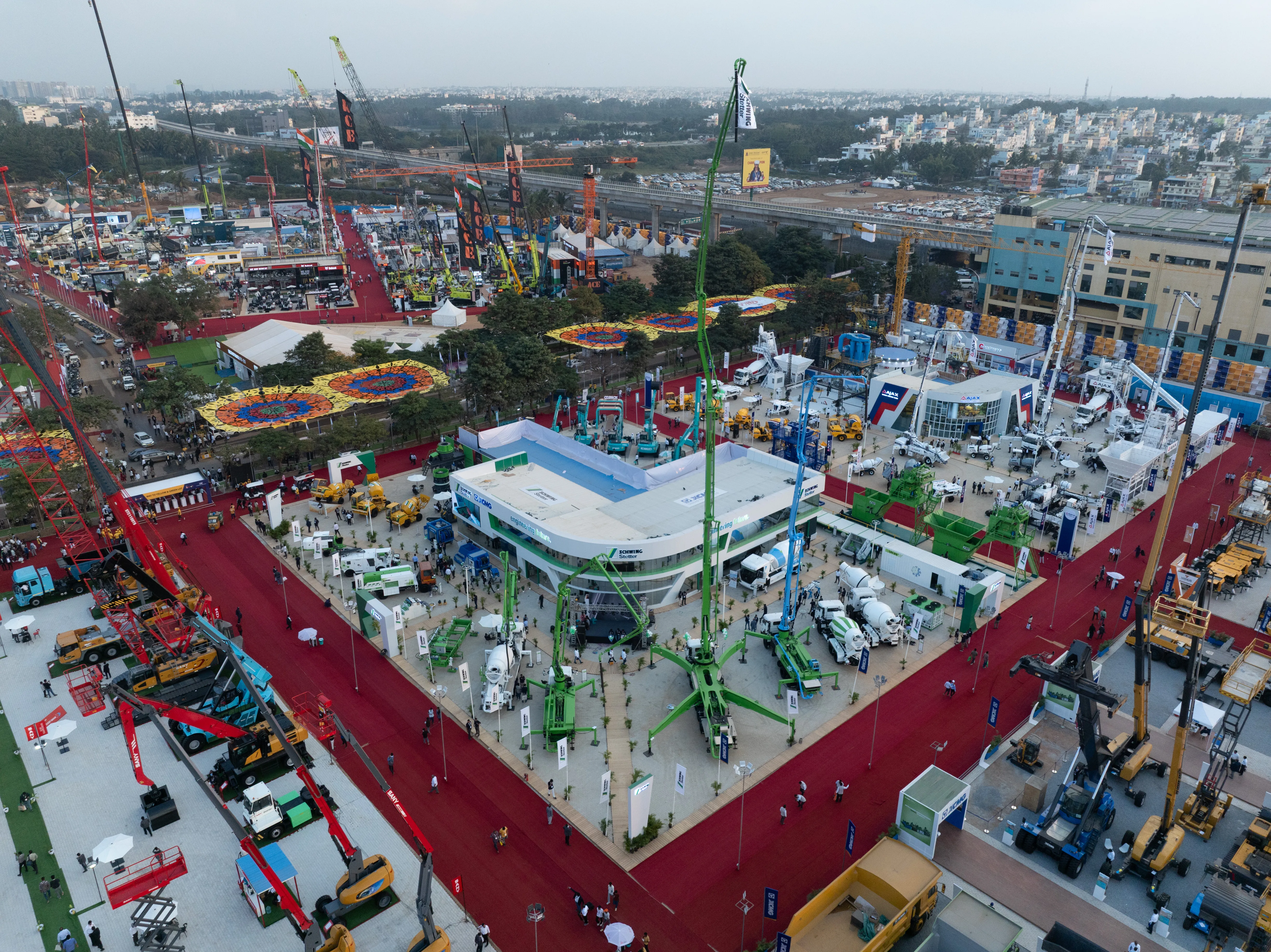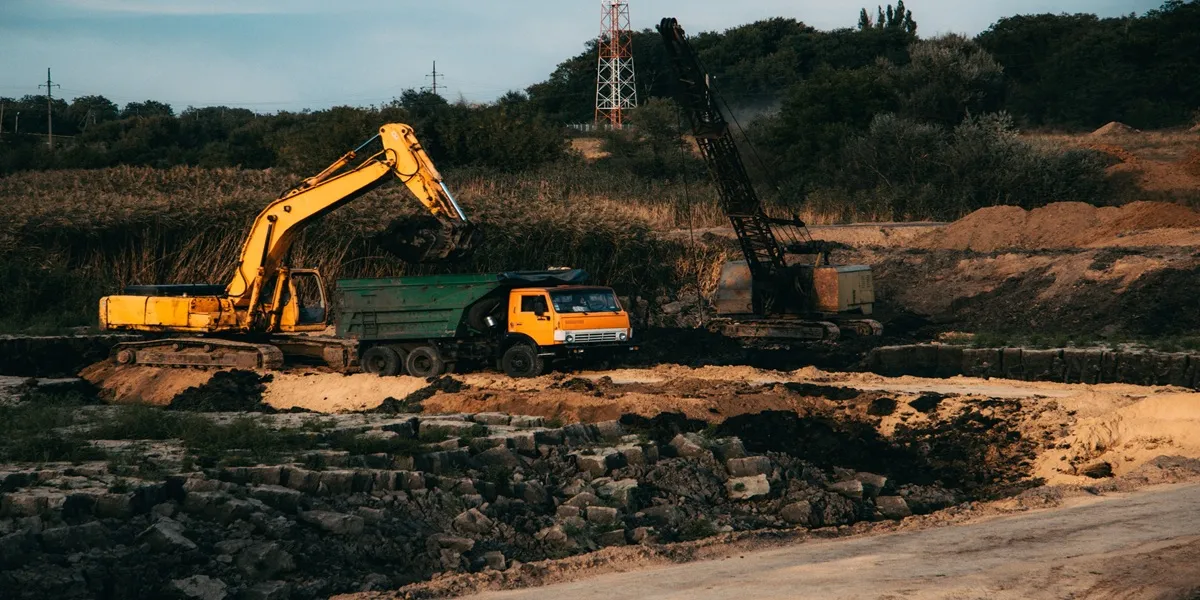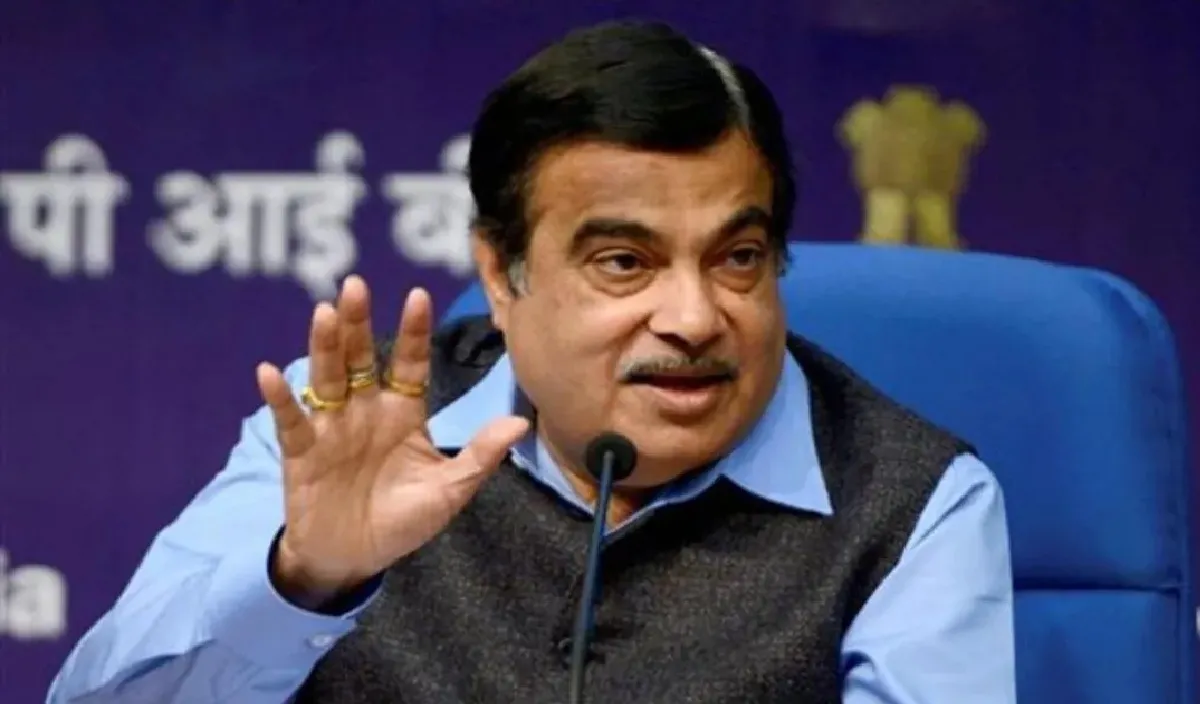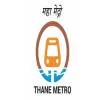Vivek Lohia, Managing Director, Jupiter Wagons Limited shares his candid thoughts on IR’s ambitious 90,000 wagons order, spills beans on JWL’s wagon manufacturing capacity, its future manufacturing plans, and more.What is your assessment on the National Rail Plan roadmap and Jupiter Wagon’s role in it?The National Rail Plan (NRP) is a broad spectrum analysis of what is what in the railway domain. Indian Railways (IR) wants to improve the freight participation in the Indian market to the tune of 45 per cent by 2051, which is currently at about 20-22 per cent. Additionally, the total freight demand inclusive of all the modes of transport is calculated as about 5,000 million tonnes per year, which is projected as 6,400 MT by 2026, 12,000 MT by 2031 and 15,600 MT by 2051.The NRP examined and interpreted various commodities that can contribute to the freight participation of IR. This NRP is a great work for educating the people, stakeholders in the freight market, about the commodity sectors contributing to the freight revenue generation and the country's requirements today and in future. The NRP also confirms accelerated implementation of a list of critical projects by 2024.The development of freight mechanism has to diversify with regard to the commodities and commodity based categorisation of various manufacturing locations, as against the market places and demand locations. And that has significantly induced the commodities' manufacturers to decide upon their own wagon procurement plans. For example, cement manufacturing companies are now acquiring own cement wagons so that they can meet up with their transportation requirement from the manufacturing plant to the demand points. This is a great realisation, and this is helping the industries to plan their inventory and output and control on the markets. This is a very significant outcome of the NRP.NRP has created a systematic and holistic approach towards handling freight throughout the country productively and efficiently. NRP has handled expansion of coverage and reach, increase in average speed of good trains, doubling of rail tracks, modernisation of old tracks so on and so forth. The stakeholders are thoroughly convinced and assured of improved services to support choice of rail-freight over other modes. The NRP has documented a productive database, thoroughly analysed, and well built, giving directions to the nation towards the achievement of good freight revenue for this highly productive sector of IR.Jupiter Wagons is closely following NRP, union budgets, and other schemes like PM GatiShakti, the 3,000 MT program by 2027, etc. to align with the on-going developments. We have found that there are separate manufacturing ways in the manufacturing facilities in some areas, such as the wagon verticals, that have diversified into commodity-based wagons with a degree of flexibility. These improvements have been accordingly started, and JWL is therefore able to deliver the wagons to the requirements of the government and private entrepreneurs in the most effective way. Additionally, JWL is continuing to increase its manufacturing capacity to align with government’s projection.What is your current wagons manufacturing capacity and your target for coming years?We at Jupiter Wagons have organised our manufacturing facilities differently, which is more attuned to the current market. Currently, we are ready to turn out about 8,000 wagons per year. We would continue to expand beyond a number because we believe in facilitating and organising resources to make things happen. So, next year we may be walking down the extra mile for capacity augmentation and target anywhere between 8,000 to 10,000 wagons.What is your take on IR’s plan to add 90,000 wagons by 2025?Adding 90,000 wagons is a significant target, aggressive in comparison with all past scale, but the delivery depends on several factors such as capital infusion, the availability of the input materials and components. Principal industry has to grow along with this vendor community and entire supply chain, which will witness participation from MSME segment for the vendor base of the supply chain network.IR has already initiated outsourcing of advanced technology wagons to private players including Jupiter Wagons, enhancing the rail network and so on. However, there are several potential bottlenecks that could hinder the execution of the set target such as delay in the availability of the raw material and shortage of skilled labour that could hamper the timely production of wagons. Other challenges such as regulatory hurdles and environmental concerns can also pose challenges for the manufacturing of wagons.What would be private sector’s role play?The government has been promoting private entrepreneurs, investors, and enterprises to join hands with multi-facility and multi-engineering skills. The private sector will be clear on how much they will require to alter, and the kind of resources needed to bring in the necessary developments to the supply chain. This can be seen across the industry worldwide including the companies in India. Industry players are trying to emerge with the railway wagons and work around their manufacturing facilities. Jupiter Wagons is actively considering fructifying “Make in India” scheme by promoting and actually effecting manufacture of rail-wheel sets in India with both foreign and domestic companies.Do you have any suggestions to aid the current deficit as far as wheel set manufacturing capacity is concerned?The current wheel set manufacturing capacity is definitely facing a deficit in the country. Therefore, the policymakers may kindly consider creating a conducive environment that will not only induce the manufacturing enterprises to build appropriate infrastructure for the wheel set industry. Private-public may be introduced, policymakers can give preferential land allotment, subsidised power supply, tax or financial incentives. So that more and more projects are encouraged to take up wheel-sets for manufacturing and keep on bridging the gap. What innovative technologies are being used by JWL in wagon manufacturing segment?Technology is unending. It would be better for all of us if we can relieve ourselves from the dependency on the old technologies and go towards the new technology faster than what we were contemplating to go with use of qualified jigs fixtures and process automation. JWL use ERP, HRMS and automated control functions at every level.IR has set a target of 100 per cent electrification of its network by December 2023, what is your take on this?IR’s electrification is a well-targeted and projected plan by the railway fraternity that has achieved nearly 100 per cent. They are doing an extremely commendable job concerning electrification, holding up environmental commitment and energy efficiency with heavy haul locomotives.What could be the trends to look for in 2023 in railways sector?It's going to be a golden period for the Indian railway sector. The world will see India in a position of maturity and drive India in a big way in the national freight domain. Indian railway is the fourth largest railway system in the world today, and with all the developments in the pipeline, it will be an example of the real growth story. Hence, 2023 is a big year for Indian Railways.





















